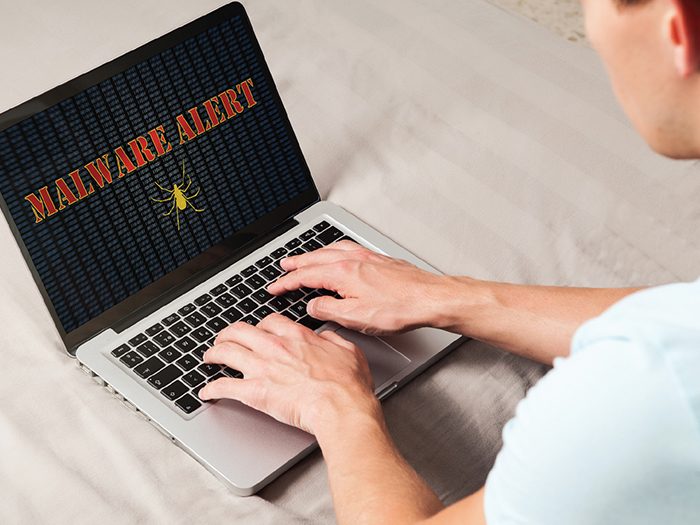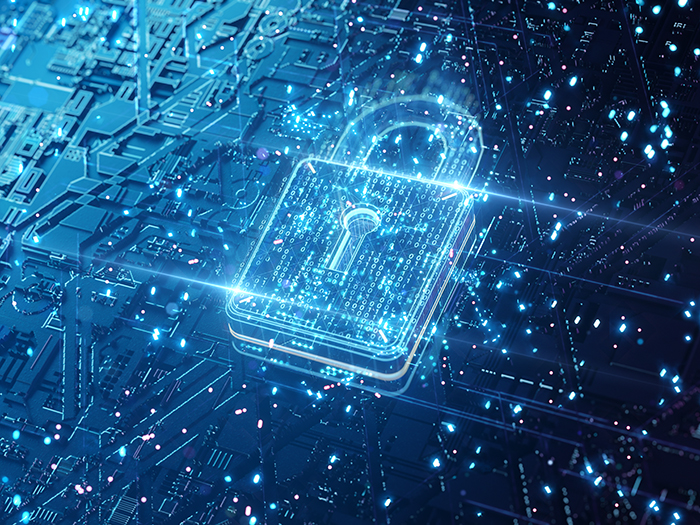Cyber Risks
It’s Your Employees, Stupid! How to Fix Your Cyber Security Weakest Link

One year on from WannaCry and NotPetya, senior executives and employees alike have spent time reviewing their companies’ cyber security defenses and their response plans in the event of attack.
They’re likely not pleased by a recently published academic survey highlighting how lucrative cyber crime has become. The annual, tax-free income of the highest earners is up to $2 million, while mid-level criminals can expect up to $900,000 and even beginner hackers average $42,000 — enough for the weekly grocery bill.
The findings will hopefully assist, rather than undermine, the progress achieved over the past 12 months in raising employees’ awareness of cyber security and their role in being alert to potential scams such as phishing emails.
Although WannaCry and NotPetya wrought the most havoc in the shipping and manufacturing industries, they proved large-scale attacks are feasible and that targets can be random rather than selected.
“Financial institutions have always been ahead of the game on cyber security, partly due to the regulator,” said Marcin Weryk, senior underwriter, XL Catlin. “The transportation sector — ranging from airlines to cargo carriers — is a close second.
“Manufacturing is also starting to come around, having realized that its systems weren’t designed with security primarily in mind. They have certainly improved but still have a long way to go.”
Meanwhile cyber criminals are becoming increasingly sophisticated, said Andrew Beckett, MD and EMEA leader for Kroll’s cyber security and investigations practice.
He noted that back in 2012, Sir Iain Lobban, then the head of the UK’s Government Communications Headquarters, estimated organized crime was four years behind state entities in the sophistication of its cyber attacks.
“Since then you’ve had the emergence of the Shadow Brokers, who’ve hacked and released details of the National Security Agency’s own hacking methods. The gap has closed as organized crime catches up with state-backed entities,” Beckett said.
There is growing acceptance that while companies should take all reasonable steps to bolster their resilience, full protection against cyber attacks is unattainable.
“Companies can be regarded as always two steps behind the intelligent criminal or hacker who can spot and exploit any vulnerability,” said Shannan Fort, cyber product development leader, Aon’s global broking center.
“For companies, it’s a fine balance in deciding at which point they decide to transfer the risk. There’s a threshold at which more money and resources can be spent on the system without any commensurate improvement in security. It’s then an issue of spotting a breach at the earliest possible opportunity and minimizing the impact.”
Beckett agreed. “The emphasis has changed, and the focus is less on keeping the attackers out and more on spotting them early and having an effective response plan in place.”
Employee Risk Management in Cyber Security
When it comes to the issue of cyber security, the question everyone should ask is, “Where are the company jewels and how do we protect them?” said Karen Kukoda, senior director, strategic partnerships, FireEye.
Companies aiming to make employees more cyber security-savvy should be able to count on them sharing this aim, added Gareth Wharton, CEO, cyber, Hiscox.
“Employee screening is vital, as is having good management processes in place for when an employee departs. This includes ensuring they can’t log into the system after departure and limiting access to only those systems relevant to their job — for example, they can’t access payments if they’re not in the accounts department.”
Training the workforce to become more aware of cyber security is nothing new, said Shiraz Saeed, national practice leader, cyber risk, Starr Companies.
“The big issue is getting employees to understand that they have a responsibility to protect company information, just as it’s the employer’s responsibility to protect employees,” he added. “Many senior executives in the older-age ranges aren’t keen on the need, say, to learn five different passwords when logging in, which means even now there are still a lot of single sign-ons.
“Millennials are generally far more open and receptive to additional security measures, so your workforce’s attitude is very much determined by its demographics.”
“The big issue is getting employees to understand that they have a responsibility to protect company information, just as it’s the employer’s responsibility to protect employees.” — Shiraz Saeed, national practice leader, cyber risk, Starr Companies
Weryk is optimistic attitudes are changing company-wide. “Two years ago, when a company gave out tokens for multi-factor authentication to employees, many regarded it as annoying, but they’ve quickly come to appreciate the need for it,” she said.
Hiscox’s Wharton noted employees are already accustomed to having tougher levels of security applied to workplace devices, simply because they see the approach in their other day-to-day activities, such as personal banking.
Dave Cameron, XL Catlin’s chief information security officer, added most employees appreciate that while their company has to protect thousands of devices and hosts, the successful attacker only has to find one that is vulnerable.
“It’s good that heightened awareness means, for example, employees are more likely to question the authenticity of an email that could conceal a phishing scam,” he said.
Kukoda also advocates for this approach: “Tabletop exercises are a great way of identifying where the company can strengthen its security. As the strategy is developed, they must be able to demonstrate exactly where these improvements have been made.
“Threat groups tend to target a specific industry rather than an individual company to discover which are the most vulnerable and likely to reveal their intellectual property secrets or accede to a ransom demand,” she said.
It might be assumed that with the trend for more employees to bring their own smartphones, laptops and tablets to the workforce and connecting on the secure corporate network — and also working more from home or away from the premises — companies might want to review their “bring your own device” (BYOD) policies.
“Two years ago, when a company gave out tokens for multi-factor authentication to employees, many regarded it as annoying, but they’ve quickly come to appreciate the need for it.” — Dave Cameron, chief information security officer, XL Catlin
However, Beckett pointed out location is less an issue than the equipment the employee is working with.
“WannaCry and NotPetya exploited Windows’ vulnerability, but this was well-known for some time before the attack and largely affected older devices with outdated systems. Employees using BYOD usually don’t use Windows XP.
“To an extent, that’s due to vanity, but it also sends the wrong message to clients and colleagues if you’re still using an antique device. Individuals instead want a state-of-the-art laptop that declares they are at the top of their game,” Beckett said.
Future Cyber Attack Threats
Insurers are devoting resources to educating company work forces. Despite the increase in attacks and the potential for major losses, more have joined the original top four cyber insurers — Chubb, Beazley, AIG and XL Catlin — in developing detailed offerings and holistic pre-incident and response programs.This includes alerting companies to new threats. &











